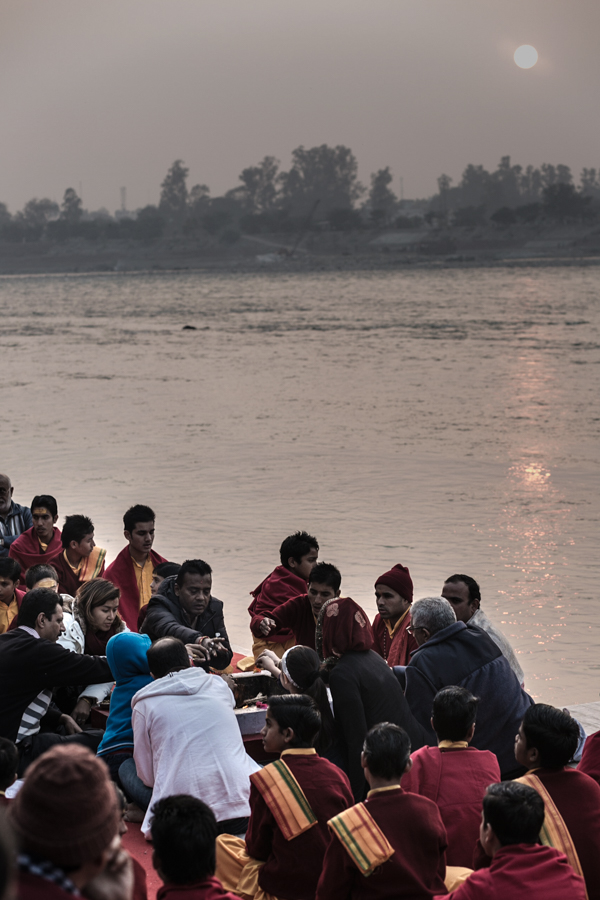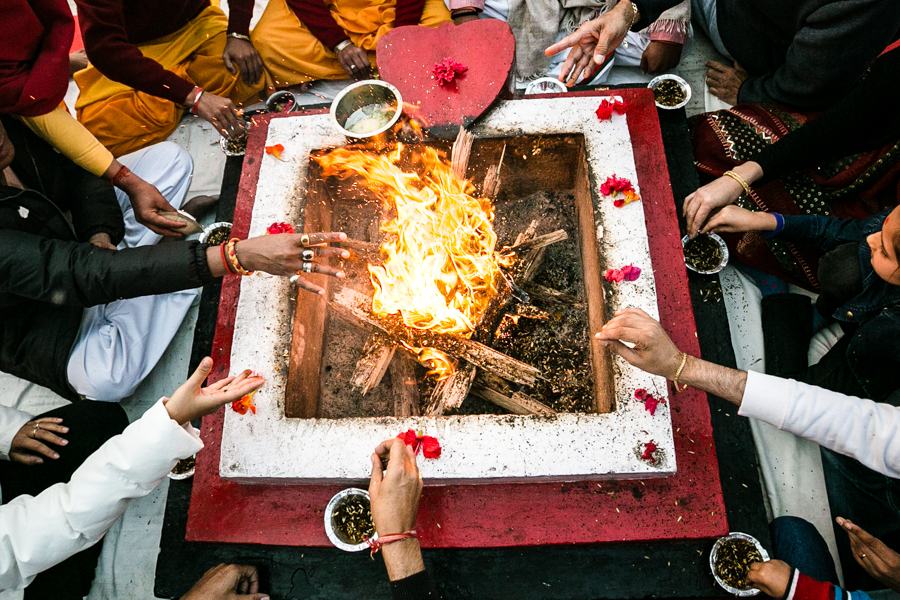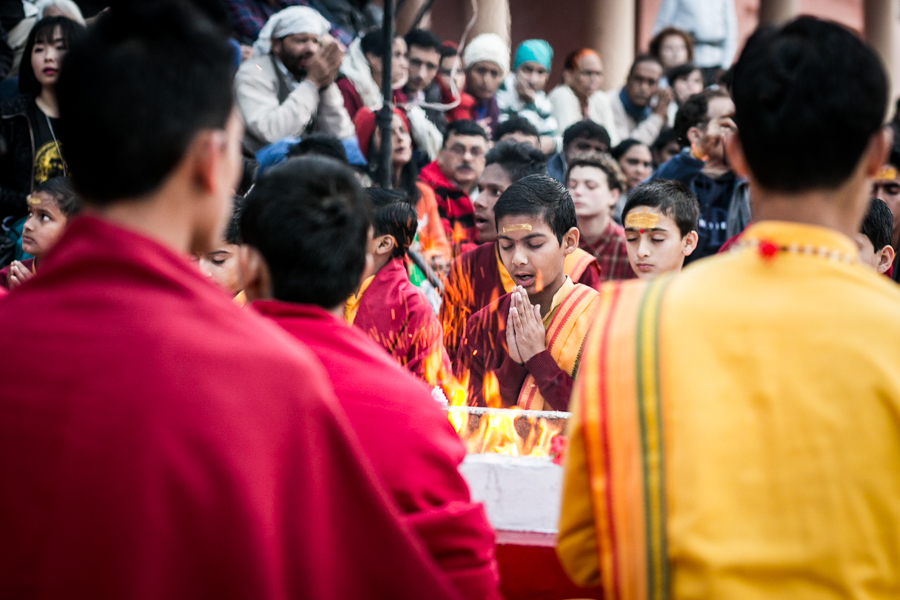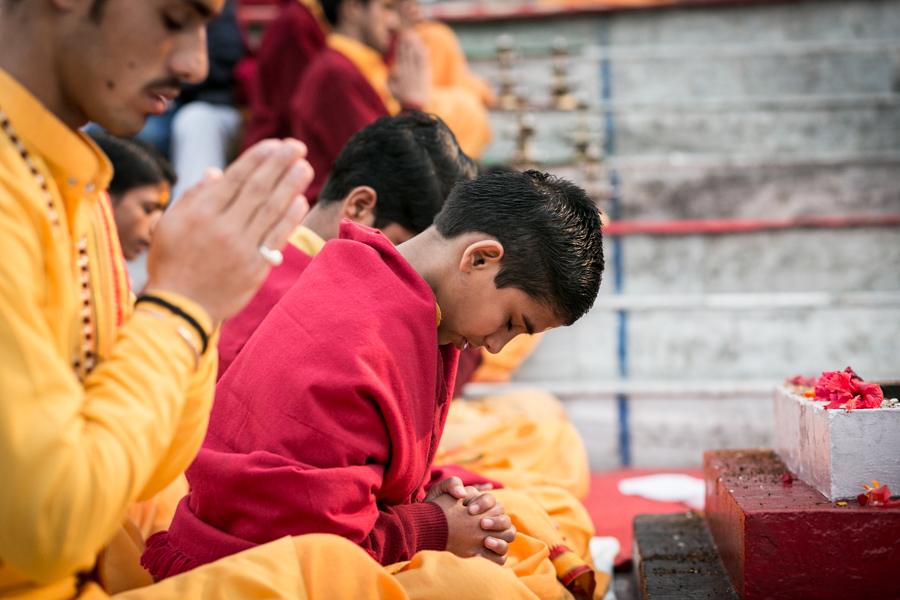Varanasi is not for the faint-hearted. The infamous Varanasian touts scour the ghats with preternatural persistence in attempting to sell their wares or services. A maze of thread-thin alleyways studded with hundreds of Hindu temples pad the area between the ghats and the rest of Varanasi, a bustling, noisy, typically Indian city with cows vying with the tuk-tuks, rickshaws, and automobiles for space on the dusty streets. When they find their ways to the ghats, visitors must be prepared to witness the display of burning bodies on public pyres. Those who try escape by hiring a boat to take them down the Ganges, will be confronted by carcasses and corpses floating among the debris. Those who make it as far as the opposite bank will encounter members of the notorious clan of Aghori Sandhus who drag corpses from the river to engage in ritual cannibalism and other ghastly rituals. Indeed, Varanasi is full-on—India level 10. As Lonely Planet succinctly states: “Varanasi takes no prisoners"...
Read MoreHinduism
I got to celebrate Diwali with the Herr family in Bir -- a small town in the foothills of the Indian Himalaya. From left to right: Miri Herr, (myself), Lovely Herr, and a family friend of the Herr's. Rangoli are aesthetic patters created on the floor for the purpose of attracting good fortune.
An Intimate Diwali
The Diwali festival is a one of India’s most widely known and celebrated events. The festival is an auspicious observance, celebrating new beginnings and the triumph of good over evil represented as light over darkness...
Read MoreKumbh Mela, a Hindu pilgramage festival held once every 12 years at a given site, drew an estimated 70 million visitors to the city of Ujjain this year.
Kumbh Mela
KUMBH MELA — a pilgrimage festival where millions of Hindus gather to bathe in one of four sacred rivers that, according to Hindu mythology, were formed when rivaling demons and demigods splashed holy amrita (“nectar”) unto the land during a scuffle over a jug holding the nectar. At any given place, the Kumbh Mela is held once in 12 years...
Read More







Ganga Aarti
Photo essay on the Ganga Aarti -- a Hindu fire ritual held at the bank of the Ganga (Ganges) River.
Read More